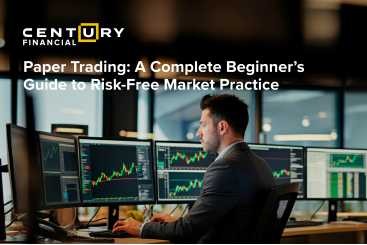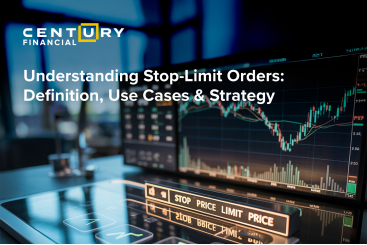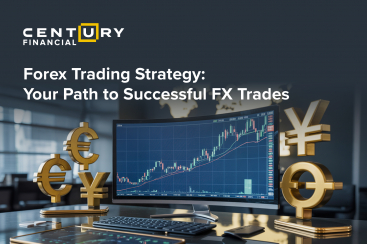Friday, September 15, 2023
5 differences between value investing and growth investing
تم إعداد هذا المنشور من قبل سنشري للاستشارات


Synopsis:
The article differentiates between value investing (targeting undervalued, stable stocks) and growth investing (seeking high-potential, volatile stocks). The best approach varies based on an investor's preferences and risk tolerance
Investing in the stock market is considered a great way to build wealth over the long term. However, choosing an investment strategy can take time and effort.
Investors looking to grow their wealth primarily have two key strategies: value investing and growth investing. Both approaches aim to maximise returns, but they differ in their methodologies.
Distinct characteristics help classify stocks as growth stocks or value stocks. The article explores what is value investing and growth investing, as well as how they differ.
What is value investing?
Value investing can be seen as similar to finding a hidden gem in a thrift store.
Value investing is a strategy that involves buying stocks that are undervalued by the market. Value investors look for companies with solid fundamentals, such as earnings, dividends, assets, and cash flow, but trading at a lower price than their intrinsic value.


What is growth investing?
Growth investing can be similar to buying the latest iPhone at a premium, as the buyer believes it will be worth it in the long run.
Growth investing is a strategy that involves buying stocks that have high growth potential. Growth investors believe the market will reward them with higher stock prices as the companies increase their revenues, earnings, and market share. Growth investors are optimistic and willing to pay a premium for the prospects of their investments.
How does value investing differ from growth investing?
There are many ways in which value investing and growth investing differ, but here are five of the most important ones:



















Parting thoughts
Value and growth investing are two distinct approaches to investing in the stock market. Value investors prioritise undervalued stocks with a proven track record, while growth investors focus on companies with high growth potential.
There is no definitive answer to which strategy is right for an investor, as it depends on their personal preferences, goals, risk tolerance, and time horizon.
Start your investing journey with us.
لا تقدم شركة سنشري للإستشارات والتحليل المالي ش.ذ.م.م (الشركة) محتوى هذه المدونة، بما في ذلك أي أبحاث أو تحليلات أو آراء أو توقعات أو أي معلومات أخرى (يُشار إليها مجتمعةً باسم "المعلومات")، إلا لأغراض التسويق والتثقيف وإتاحة المعلومات العامة. ولا يُفسَّر ذلك على أنه نصيحة استثمارية أو توصية أو دعوة لشراء أو بيع أي أدوات مالية.
كما يجوز نشر هذه المعلومات عبر قنوات مختلفة، بما في ذلك موقع الشركة الإلكتروني، ومنصات الغير، والنشرات الإخبارية، والمواد التسويقية، ورسائل البريد الإلكتروني، ووسائل التواصل الاجتماعي، وتطبيقات المراسلة، والندوات الإلكترونية، وغيرها من وسائل التواصل. وبينما تسعى الشركة لضمان دقة المحتوى، فإنها لا تضمن اكتماله أو موثوقيته أو تحديثه في الوقت المناسب. وعليه، فأي قرارات تُتخذ بناءً على هذه المعلومات تكون على مسؤوليتك الشخصية. ولا تتحمل الشركة أي مسؤولية عن أي خسارة أو ضرر ناتج عن استخدامها.
ينطوي تداول المنتجات المالية على مخاطر كبيرة، بما لا يتناسب مع جميع المستثمرين. فيُرجى التأكد من وعيك التام بالمخاطر، وطلب الاستشارة المهنية المتخصصة إذا لزم الأمر.
يُرجى الاطلاع على بيان كشف المخاطر الشامل المتوفر على موقعنا الإلكتروني.
















